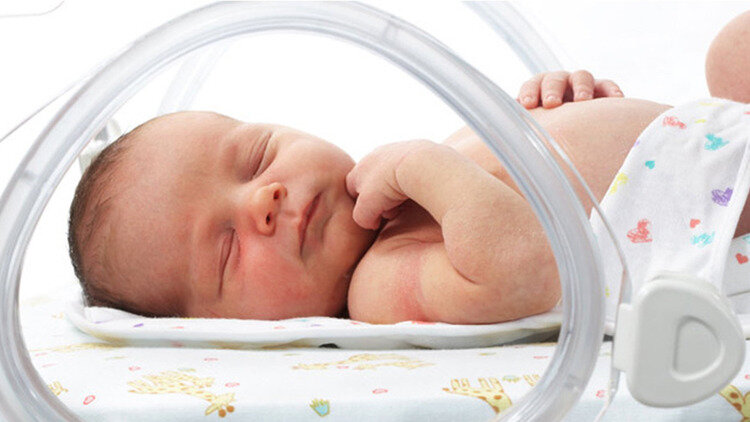Birth rate drops by 8% in 6 months on year

TEHRAN – The number of births registered in Iran during the first half of the current Iranian calendar year (started March 21) shows a decrease of eight percent compared to the same period last year.
During the aforementioned period, 533,088 births were registered, compared to 580,623 births recorded last year, according to the Statistical Center of Iran.
Among the infants whose births were registered in the country's population database in the first six months of this year, 288,030 were boys and 269,502 girls.
The average age of mothers in registered births is 29 years and the average age of fathers is 33 years.
Fertility at below-replacement level
The fertility rate declined to 1.71 children in the past [Iranian calendar] year (March 2020-March 2021), reaching below the replacement level, according to the report released by the Statistical Center of Iran.
Replacement level is the amount of fertility needed to keep the population the same from generation to generation. It refers to the total fertility rate that will result in a stable population without it increasing or decreasing.
The fertility rate declined to 1.71 children in the past [Iranian calendar] year (March 2020-March 2021), reaching below the replacement level. The fertility rate from 2.07 children in the Iranian calendar year 1396 (March 2017-March 2018), which can be considered fertility at the replacement level.
Today, the country's fertility rate has reached about 1.6 children per woman, however, it was 6.5 children per woman, in 1986. The lowest fertility rate in the whole region of West Asia, North Africa, and the MENA region is recorded for Iran.
While 1,594,000 births were registered in the [Iranian calendar] year 1394 (March 2015-March 2016), the downward trend continued annually to the point that the number of births reached about one million in the [Iranian calendar] year 1399 (March 2020-March 2021); In other words, we lost more than 550,000 births in five years.
Nicholas Eberstadt, the Henry Wendt Chair in Political Economy at the American Enterprise Institute (AEI) wrote in an article in July 2020 that the fertility rate in Iran has dropped by 70 percent over the past 30 years, which has been the highest decline in human history.
Seyed Hamed Barakati, deputy health minister for family and school population, said in May that Iran’s population growth rate has decreased to less than one percent for the first time over the past four decades.
Population growth, family support
The Majlis (Iranian Parliament) approved on March 16 to implement a population growth and family support plan for 7 years to change the declining trend of childbearing.
The plan stipulates health insurance for infertile couples, providing services and facilities to working women, providing health and nutrition support packages to mothers and children, educational opportunities for student mothers, providing livelihood support to families, and ongoing medical services to pregnant women.
As the Leader of the Islamic Revolution Ayatollah Ali Khamenei has emphasized that the seventh Five-Year National Development Plan (2021-2026) should focus on population growth, and on the other hand, the Expediency Council seeks a one-year extension of the Sixth Five-Year National Development Plan, it was decided to implement the plan for 7 years.
FB/MG
